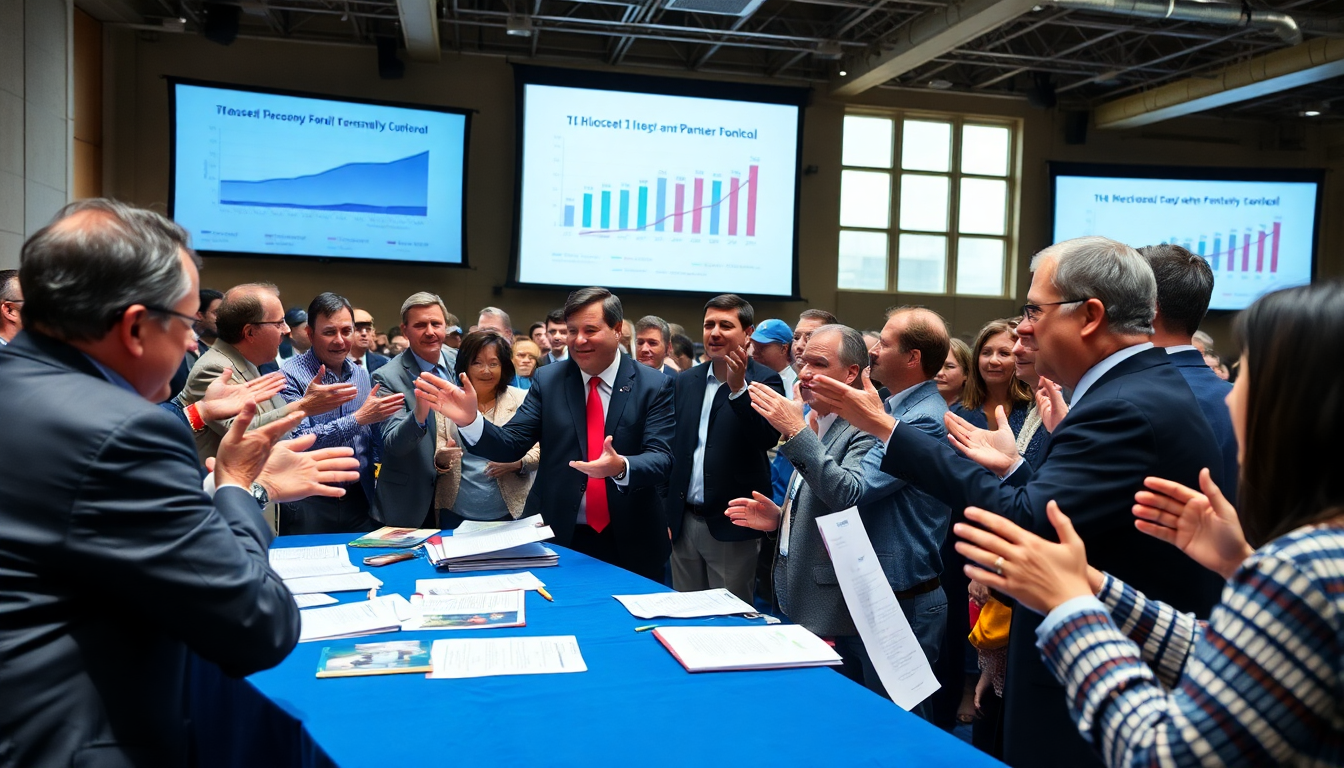Table of Contents
The Democratic Party is currently at a fascinating crossroads, facing a significant identity crisis that could shape the outcome of the 2024 elections. In a recent discussion, former Obama speechwriter Jon Lovett emphasized the urgent need for the party to clarify what it stands for. With many voters feeling uncertain about the Democratic Party’s core values, let’s dive into the challenges the party faces and explore some potential paths forward.
The Current Political Landscape
Recent political events have highlighted a crucial issue for the Democratic Party: a lack of a clear, unified message. Lovett, a key figure in Democratic circles, argues that voters are increasingly confused about the party’s identity and goals. This uncertainty is a barrier, making it difficult for Democrats to capitalize on the vulnerabilities of their main opponent, Donald Trump.
As Lovett points out, it’s not just about defining their position; the party needs to effectively communicate that identity to the electorate. The upcoming primaries could be a turning point for Democrats, offering a chance to engage in meaningful debates that clarify their values and ultimately shape voter perceptions and party direction.
Additionally, the current political climate is complicated by external factors, especially Trump’s dominance in media and public discourse. Lovett highlights how Trump’s ability to connect with his base starkly contrasts with the Democratic Party’s struggles to maintain similar engagement. With the party’s message often getting drowned out, it’s essential for Democrats to find a strong voice to cut through the noise.
Understanding Voter Sentiment
What are voters really feeling? The sentiments among the American electorate reveal a deeper concern that goes beyond party affiliation; many are questioning the Democratic Party’s commitment to its core principles. While it’s clear that many oppose Trump, there’s still a significant gap in understanding what the Democrats actively support.
This disconnect might stem from broader concerns about leadership, particularly regarding President Biden’s age and communication style. Doubts about Biden’s capability to lead effectively have led to speculation about his suitability for a second term. However, Lovett cautions that the focus shouldn’t be solely on Biden; rather, it should be on the party’s overall messaging strategy.
Interestingly, figures like Alexandria Ocasio-Cortez and Bernie Sanders have successfully forged authentic connections with their constituents, suggesting a roadmap for the party to reconnect with voters. The real challenge lies in amplifying these voices while ensuring a cohesive message that resonates across diverse demographics.
Strategies for Rebuilding Trust
To tackle this identity crisis, the Democratic Party must undertake a thorough reevaluation of its communication strategies and public engagement efforts. First and foremost, it’s crucial to foster open dialogues within the party, encouraging a diversity of opinions while maintaining a cohesive narrative. The debates in the primaries should not only be platforms for candidates to present their agendas but also opportunities to clarify what it means to be a Democrat in today’s political landscape.
Moreover, the party should tap into grassroots movements to rebuild trust and engage with voters on the issues that truly matter to them. By aligning their messaging with the concerns of everyday Americans, Democrats can regain their relevance and credibility.
Ultimately, the Democratic Party faces an uphill battle as it seeks to redefine its identity and connect with a fractured electorate. With the 2024 elections on the horizon, the stakes couldn’t be higher. By confronting these challenges head-on and presenting a united front, the party can cultivate a renewed sense of purpose that resonates with voters nationwide. Are they up for the challenge?


